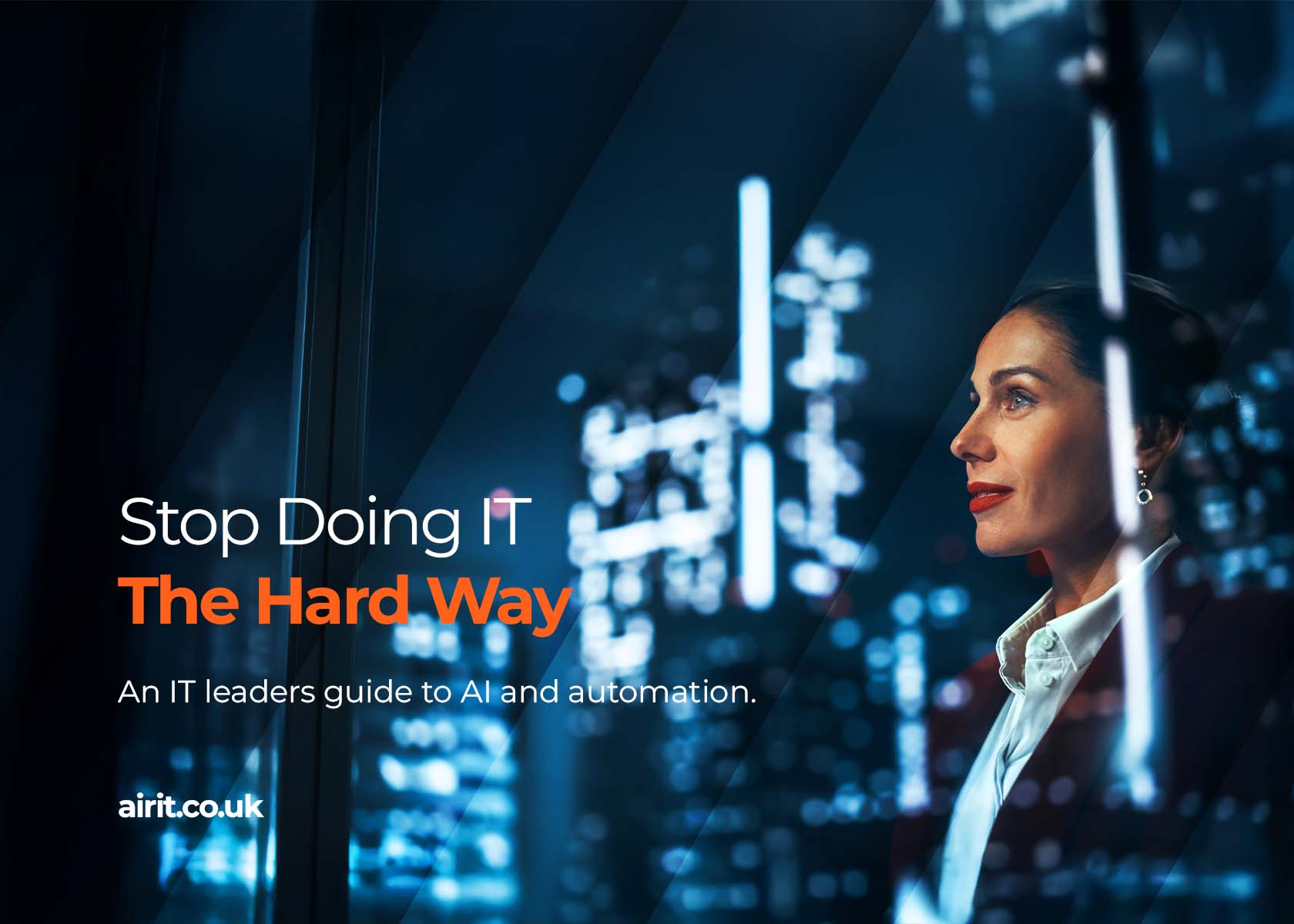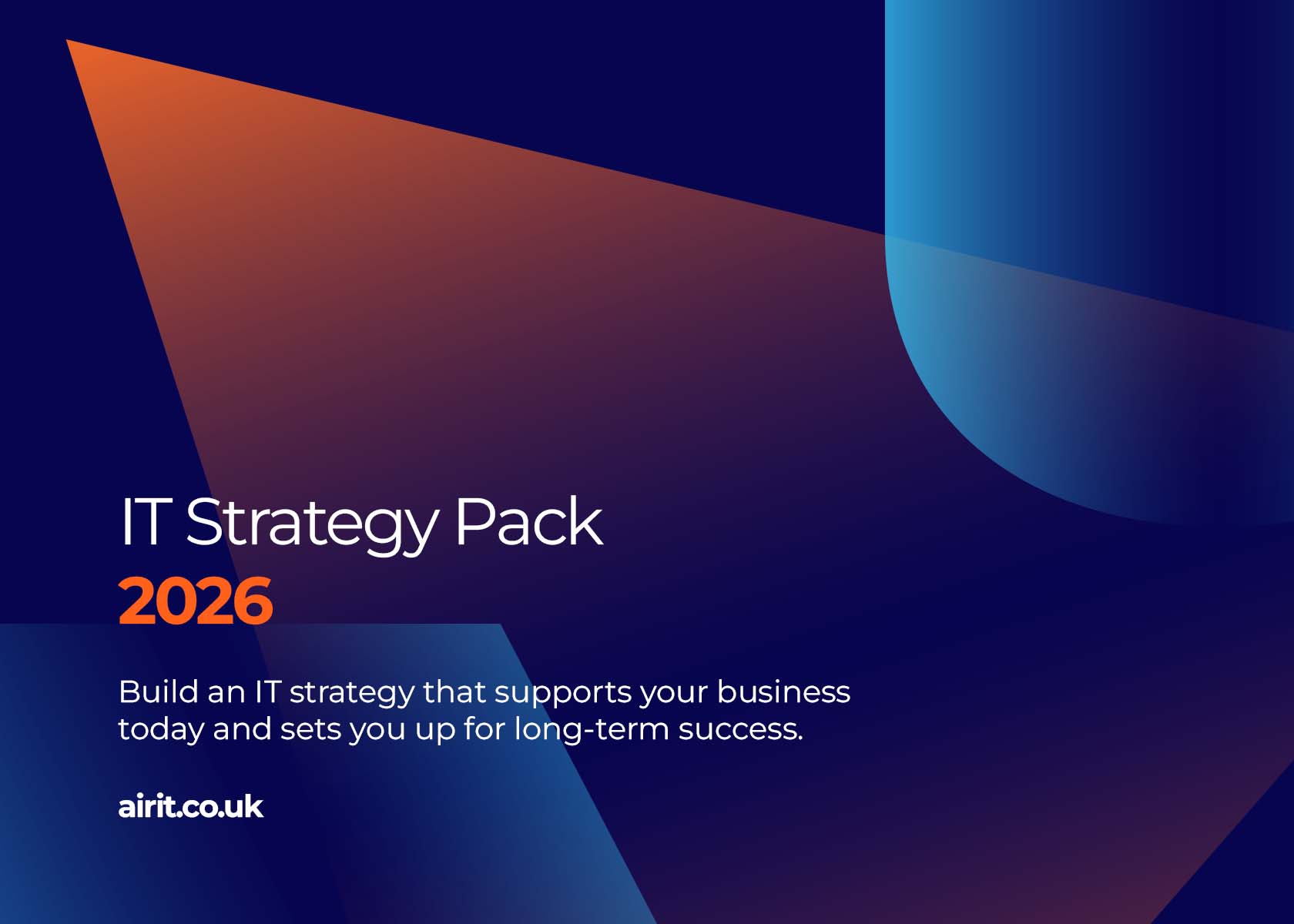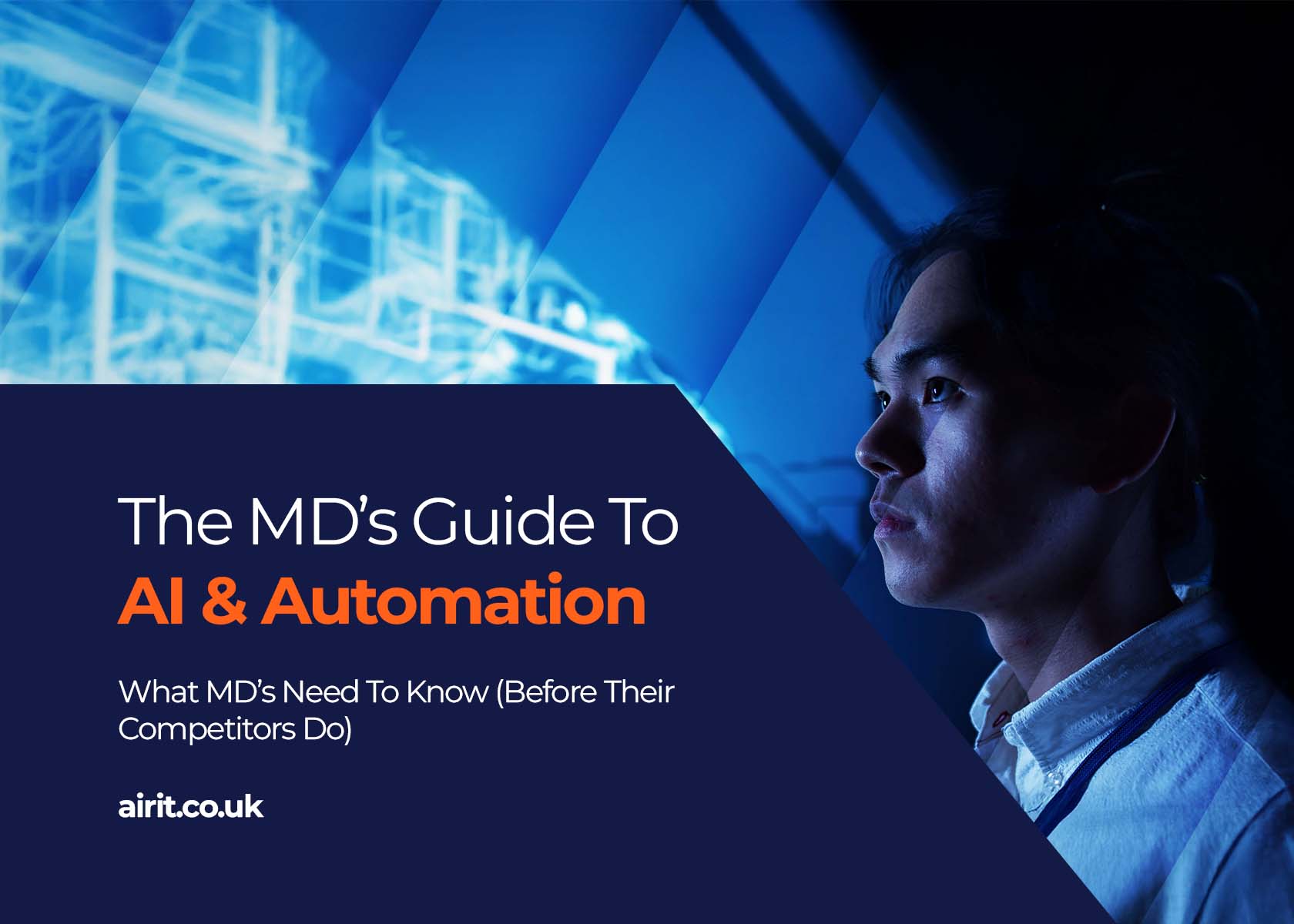-
Services
-
About us

Insights & Resources
All
Insights
Resources
Webinars



04/12/2025
Autumn Budget: Using Automation & AI To Do More With Less
The UK Budget has raised the National Minimum Wage again. This helps workers, but it increases costs for SMEs. If you run a business with…

Data & AI
Insights
Insights
Autumn Budget: Using Automation & AI To Do More With Less
04/12/2025

Cyber Security
Insights
Insights
The Cyber Security & Resilience Bill: What SMEs need to know
13/11/2025

Awards
Insights
Our CTO recognised in CRN’s Next-Gen Solution Provider Leaders List
04/11/2025

Company News
Insights
Air IT Group Unveils Refreshed Brand and Exciting New Vision
27/10/2025

Resources
Resources
Request for Proposal (RFP) Template
14/10/2025

Resources
Resources
An IT Leaders Guide to AI & Automation
14/10/2025

Resources
Resources
IT Budgeting Template
13/10/2025

Resources
Resources
2026 IT Strategy Pack
13/10/2025

Resources
Resources
The MD’s Guide to AI & Automation
13/10/2025
Stay up to date with our latest insights
Sign up to our newsletter
Sign up to our newsletter
"*" indicates required fields